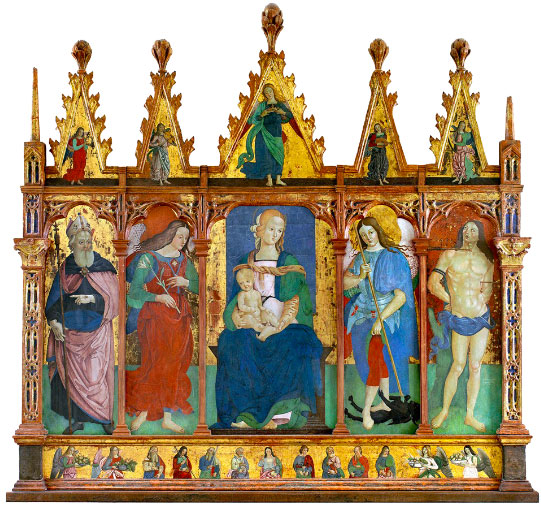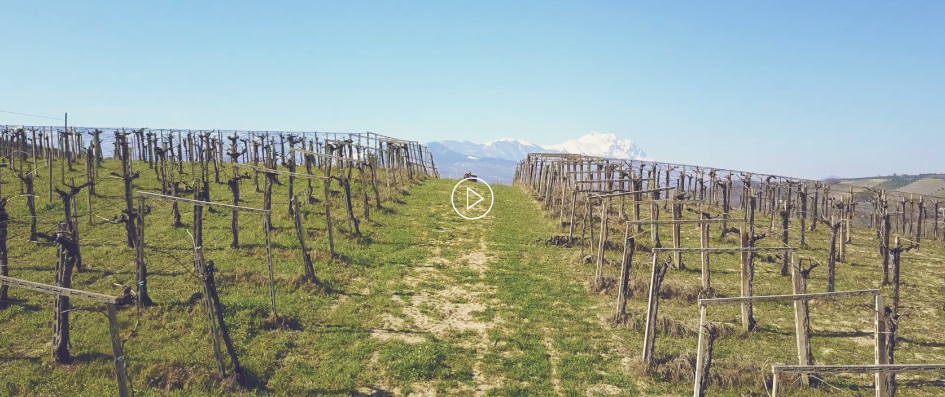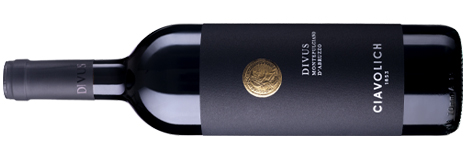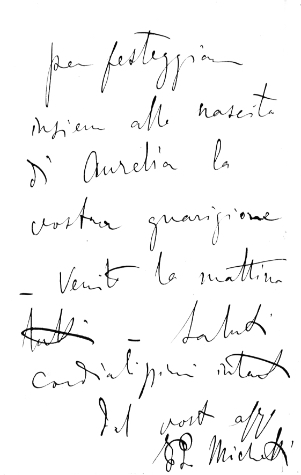Origin
Miglianico
Miglianico is placed on top of a hill between Pescara and Ortona; from the highest quarter called "Il Codacchio" you can see the Adriatic Sea towards east and the Maiella massif towards west.
At Codacchio the Church of Saint Michael the Archangel Saint Pantaleon Sanctuary arises. Just before it, half way uphill, the Castle Masci and, joined to the buildings of Piano della Chiesa, in what once was called Via Sud, is the ancient dwelling that dates back to the end of the XVII century which main body was enlarged until mid XIX century. Small steps, Via Sud precisely, gently go down along its brick facade to the fountain square, where the last houses are on the extreme end of the hill, and divides it from the Duchess palace and the adjoining Fondaco overlooking it.
Fondaco is the higher level of the big winery built by Francesco Ciavolich: Don Ciccillo, in 1853. An underground tunnel that goes under Via Sud connects it to the suggestive rooms with barrel vaults just under the palace. A wide cave open on the eastern wall of the winery was further extended during the German occupation until it reached the convent of Suore di Sant'Anna becoming an anti-aircraft shelter during the months that preceded the family’s evacuation from the town in December 1943. That was the last year the Ciavolich made wine in the ancient winery that nowadays welcomes visitors in a small underground museum itinerary and, on the first level it has become a winery that hosts events to promote the wines we produce on the territory.
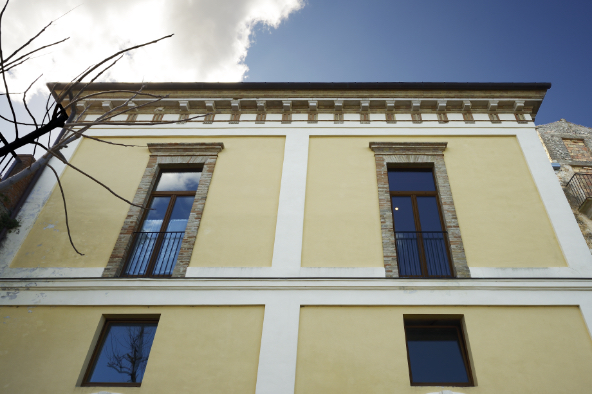
Production
Loreto Aprutino
Loreto Aprutino is of ancient origins, probably the first traces go back to the dawn of the Italic settlements around IV-V century BC. In 1701 it was a Norman countship and then an Angevin one. In the XIV century it was ruled by the D'Aquino and in XV by the D'Avalos. In 1806 the Napoleonic Code put an end to the countships. To be visited: The Castelli Ceramic Museum outcome from the passion of Barone Giacomo Acerbo. The Oil Museum in the ancient olive oil mill of Raffaele Baldini Palladini placed in Castelletto Amorotti which,according to some critics, was built following a sketch of Francesco Paolo Michetti, a dear friend of his. The Church of Santa Maria in Piano of Romanic origins which has been remodeled many times throughout the centuries, holds a beautiful sequence of frescoes dated back to XII-XV century that show different episodes of Saint James of Compostela, Saint Thomas the Apostle, Saint Anthony life. There is also a fresco of The Last Judgement of impressive proportions carried out around the XV century with a particular pictorial in order to create a more brilliant chromatic effect.
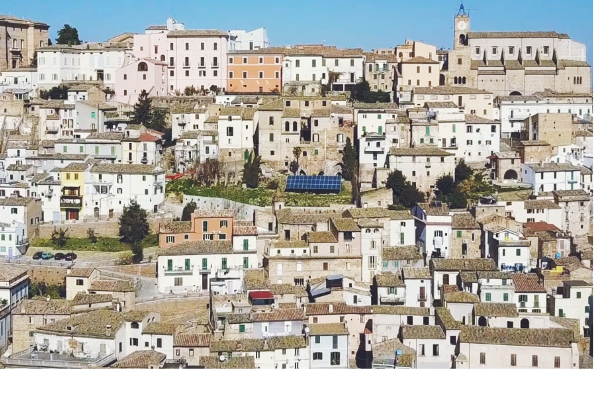
Loreto Aprutino is a town full of history and art of profound culture.
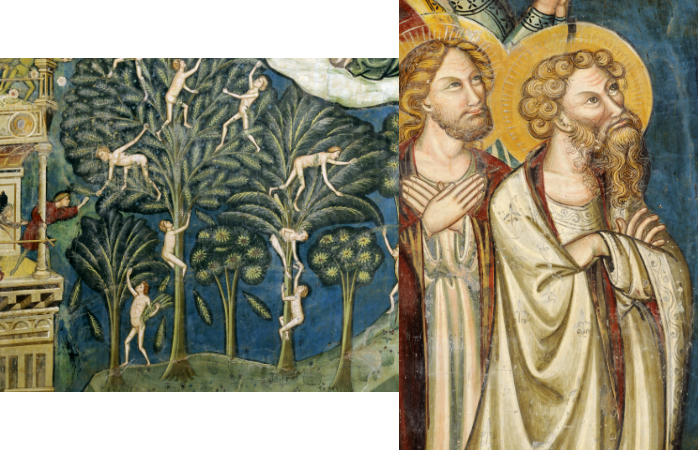
Nowadays in Loreto Aprutino, in Contrada Salmacina, there is the heart of our estate’s production. A total of 35 hectares of vineyards, 3 hectares of olive groves, 10 hectares of arable land that surround the farmstead and the winery. The 35 hectares of vineyards are half planted with pergola Abruzzese from missal selection and half with guyot from clonal selection. During the last years we have started a work of enhancing the original genetic heritage of the vines that were planted in the 1960s.
In the surroundings a large group of quality producers who are committed since many years to the promotion of the territory and who are recognized all over the world for their high standard quality: Valentini, Torre dei Beati, De Femo, Amorotti, Talamonti.
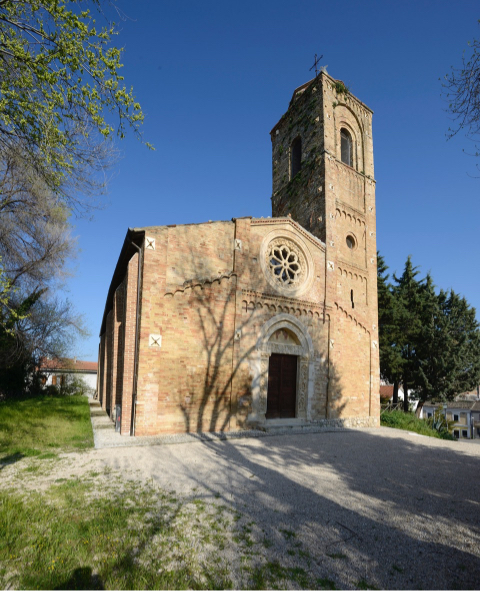
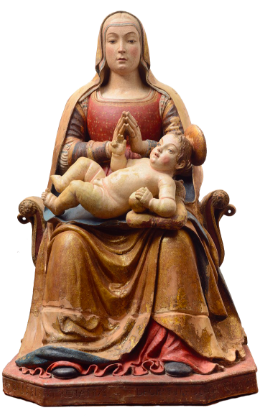
Production
Pianella
I The first historical documents concerning Pianella date back to the year 1000 and more precisely to 963 AD when Pandulf, Prince of Capua, decided to build, on the temple of Vesta, the Church of Santa Maria Maggiore. On 1487 Ferdinand I of Aragon and Naples, gives the town to Count Orso Orsini, a Roman, elected cardinal by Pope Sixtus IV and enemy of Cesare Borgia. Pianella’s magnificent Polittico dates back to those years and carries stylistic and iconographic traces of Roman influence.
On 1514 Queen Joanna of Aragon, the trista Reyna, travelled around the reign with her daughter Joanna II; the latter arrived at Pianella, according to the legend, after loosing a “pianella”. The story of the slipper recalls the coat of arms of the town, placed on the clock tower of San Domenico’s convent, on which a slipper is represented. On 1522 Penne and Pianella became fiefs of Margaret of Parma to whom’s family stayed until feudalism was subverted.
A 15 hectares Ciavolich estate is in Pianella of which 6 are planted with Montepulciano (d’Abruzzo) and 1 with Pecorino both varieties as pergola Abruzzese in 2000. All the rest is covered by old-century olive trees of Dritta variety from which we produce each year an olive oil completely of the territory.
